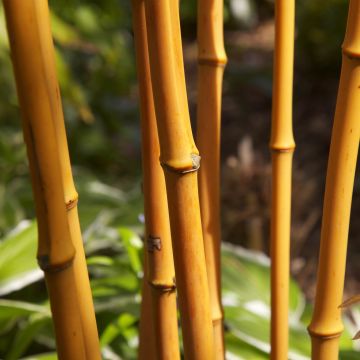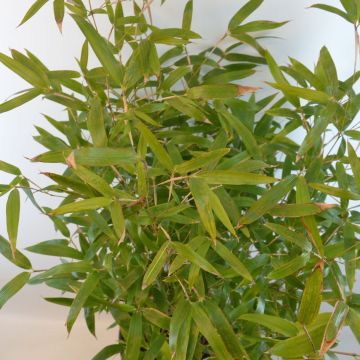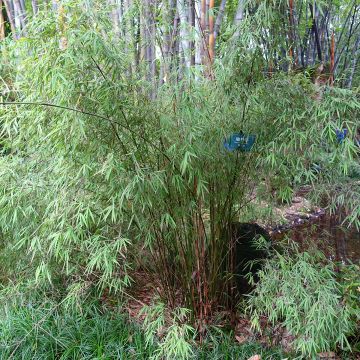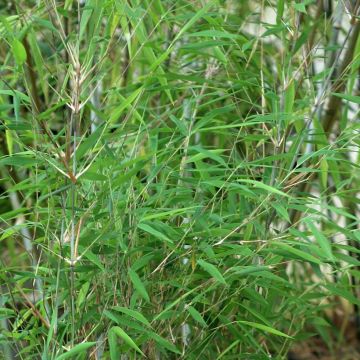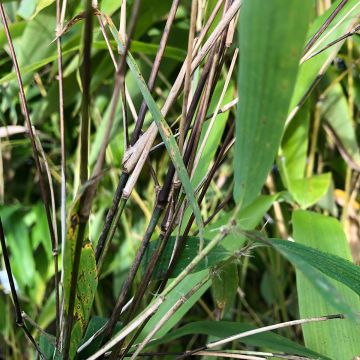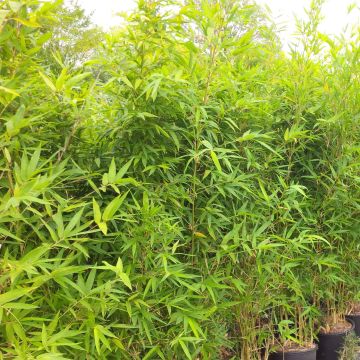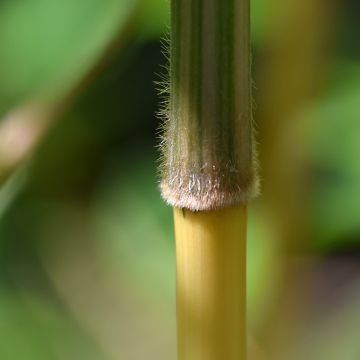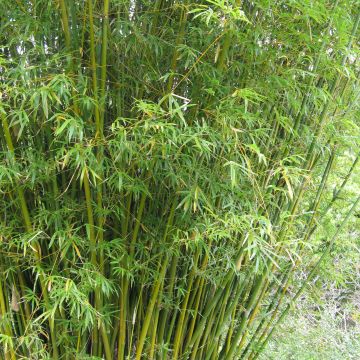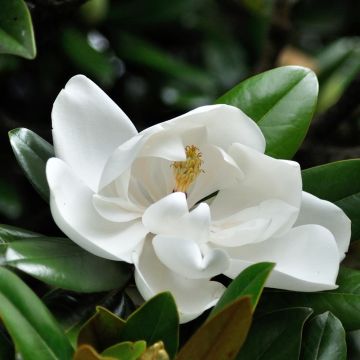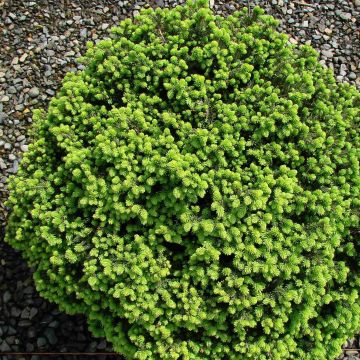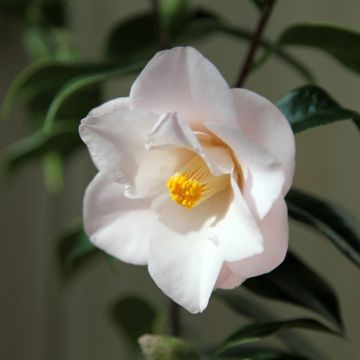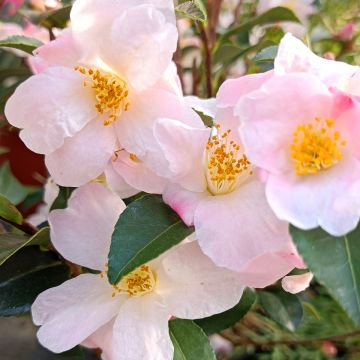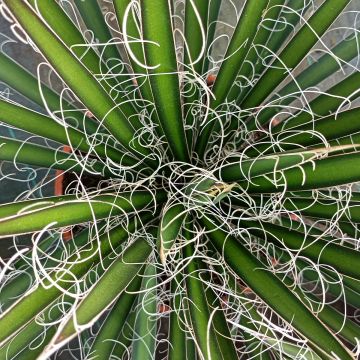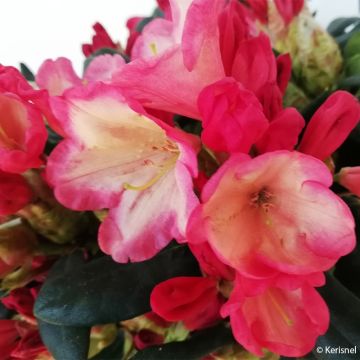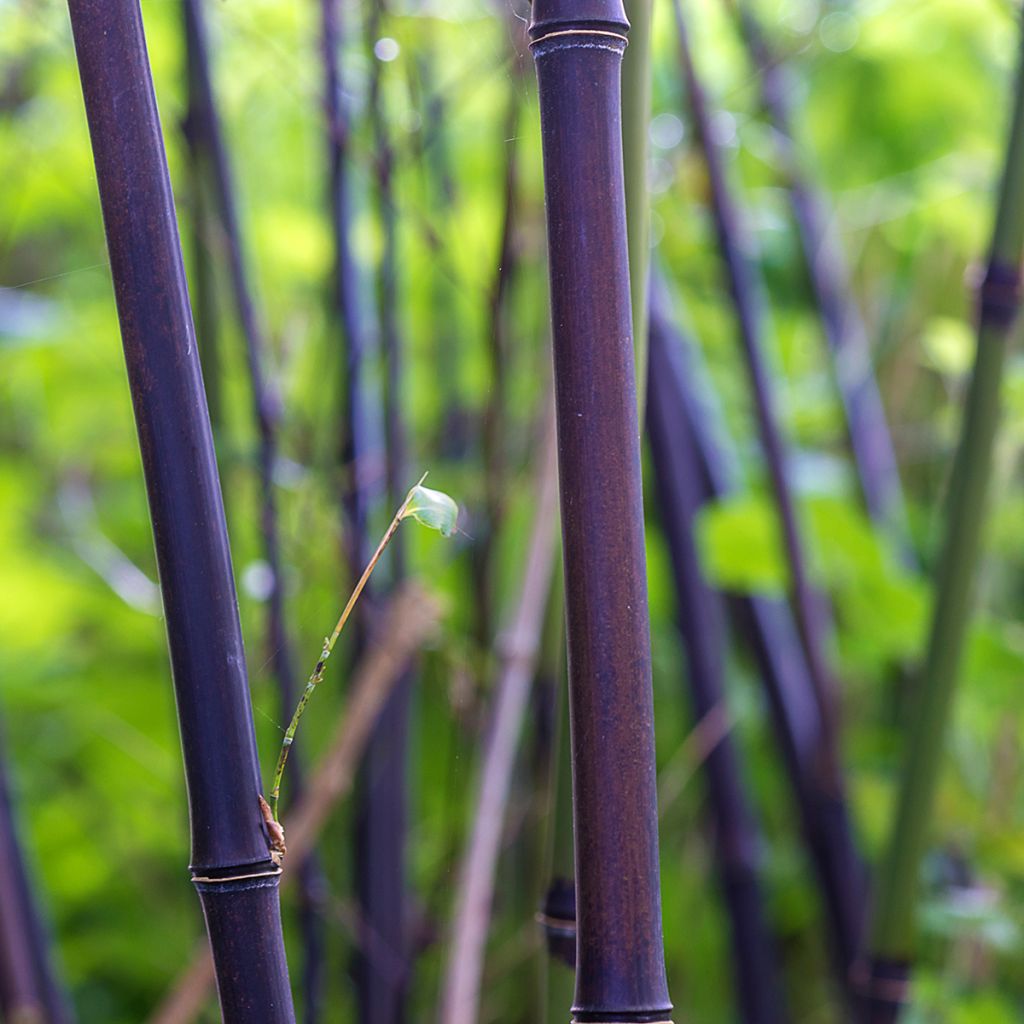

Black bamboo - Phyllostachys nigra
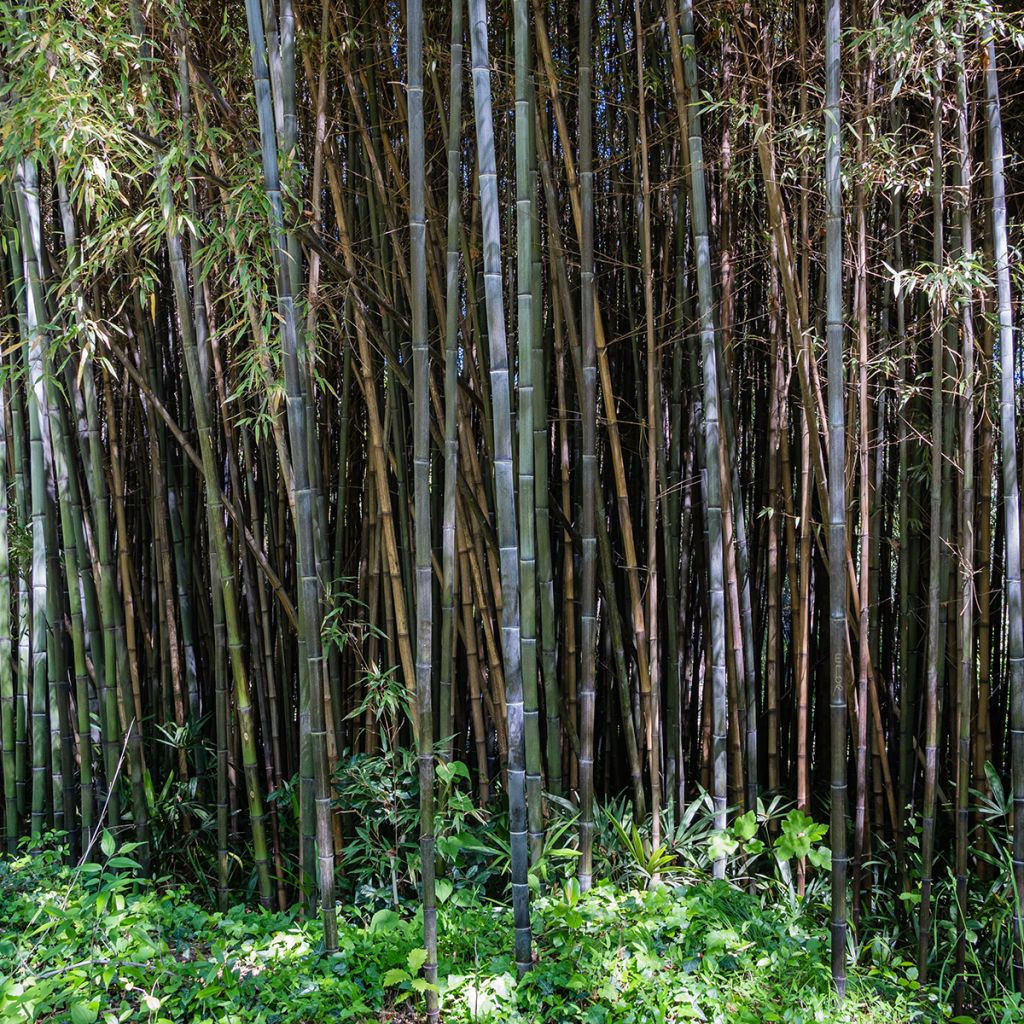

Black bamboo - Phyllostachys nigra
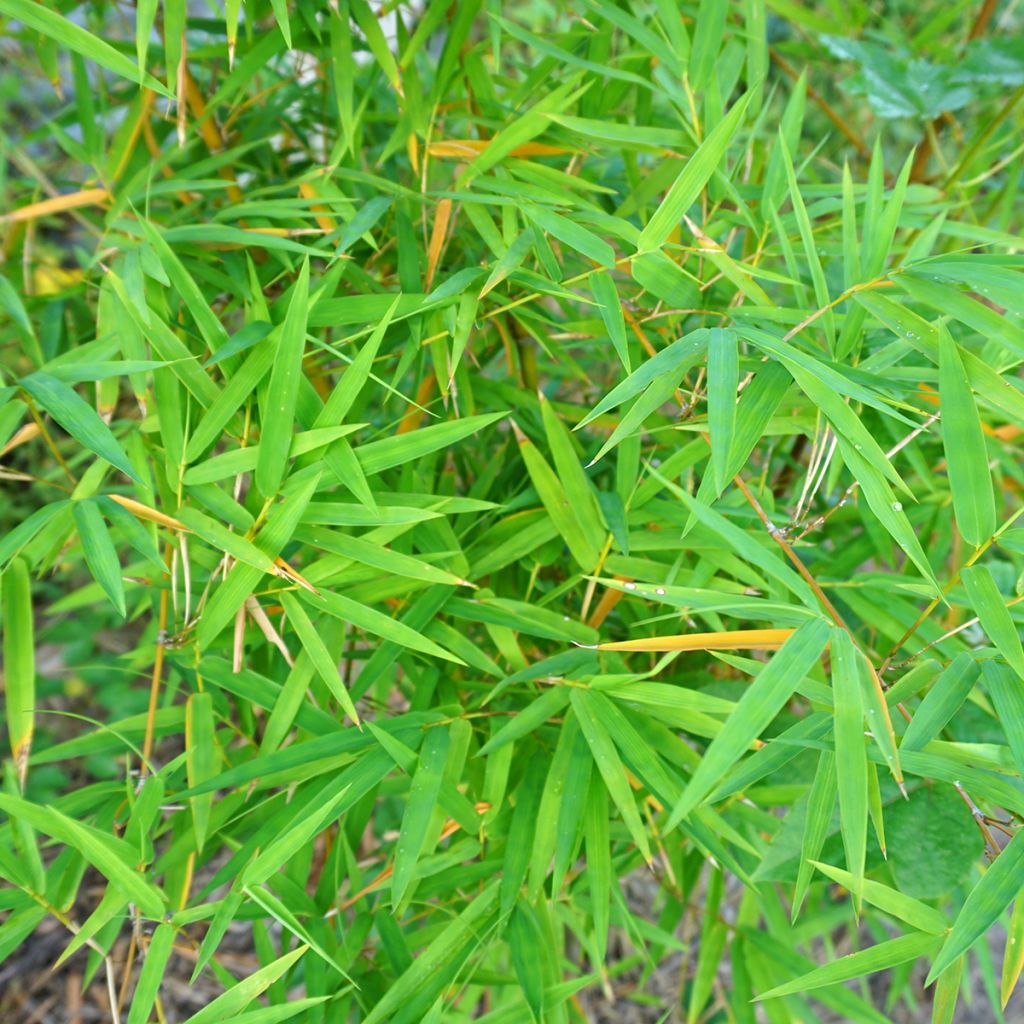

Black bamboo - Phyllostachys nigra
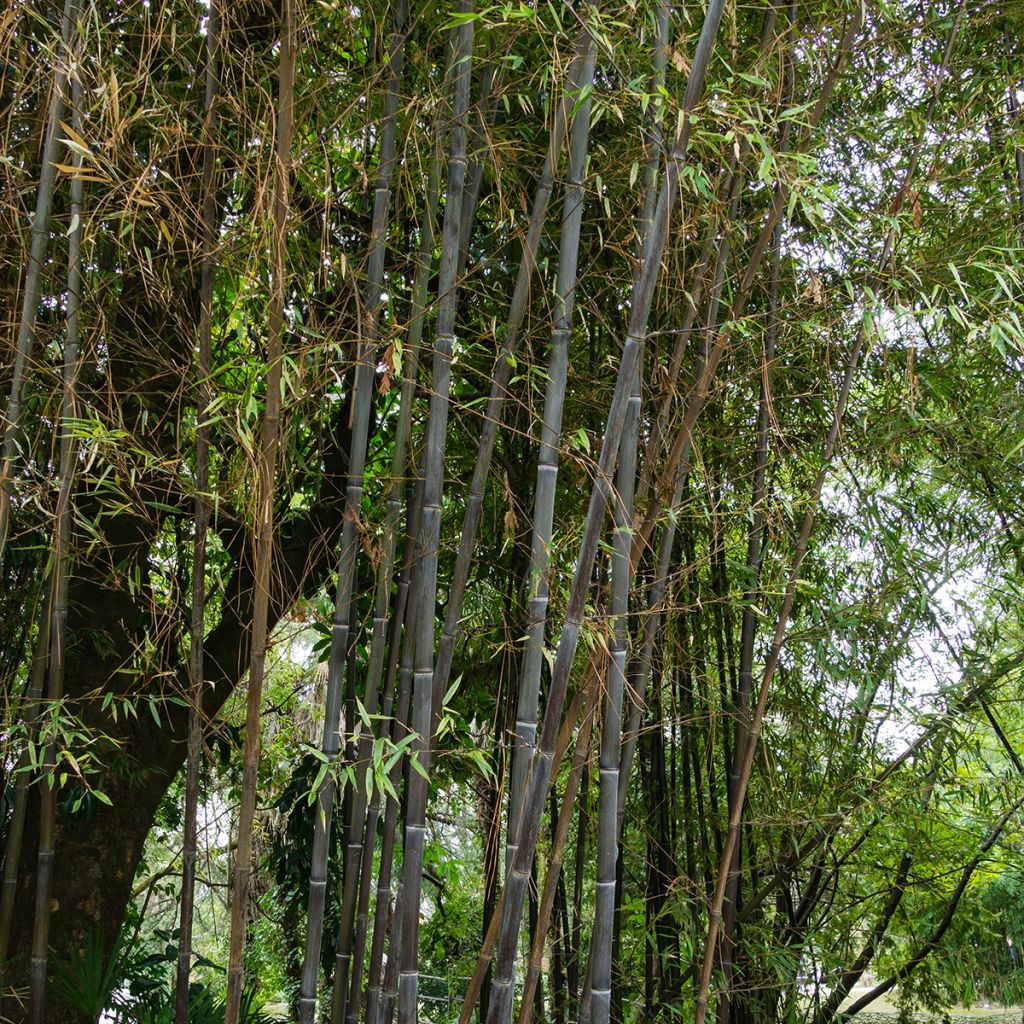

Black bamboo - Phyllostachys nigra


Black bamboo - Phyllostachys nigra
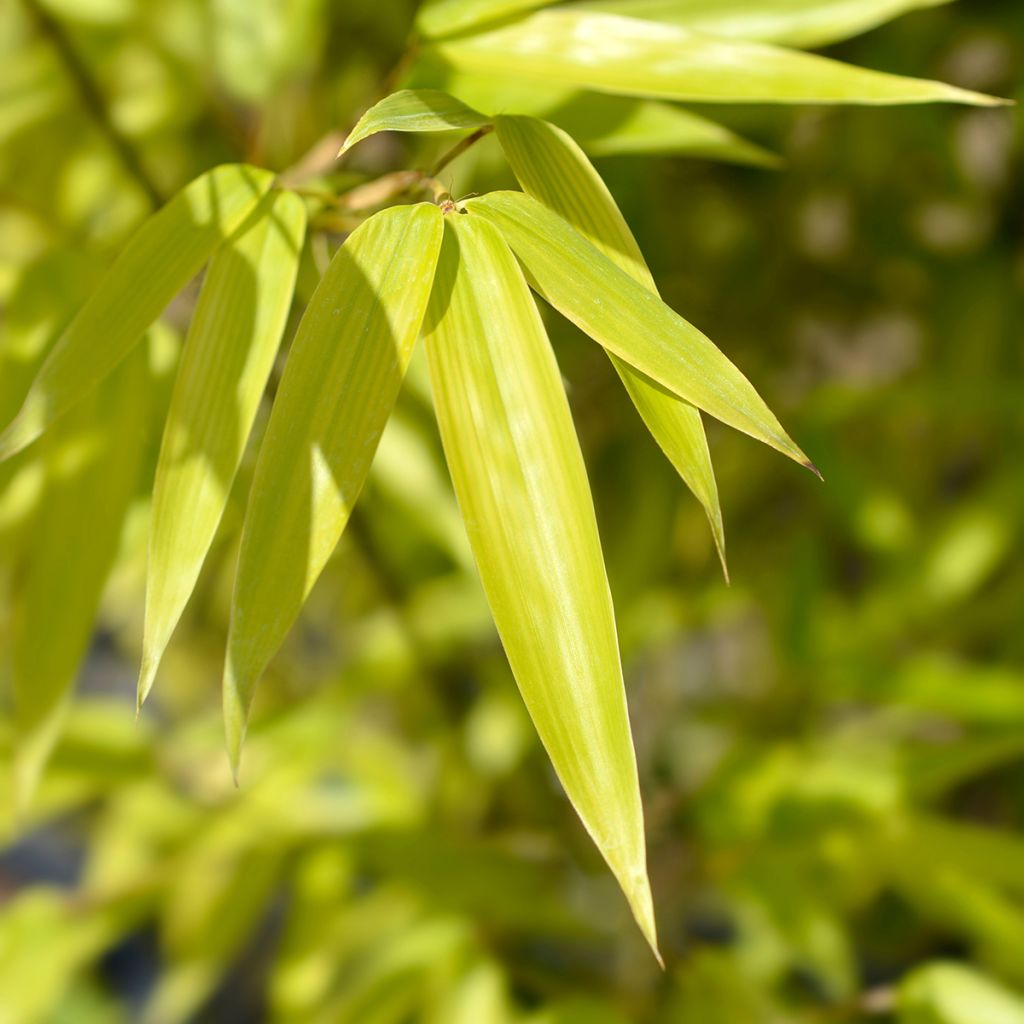

Black bamboo - Phyllostachys nigra
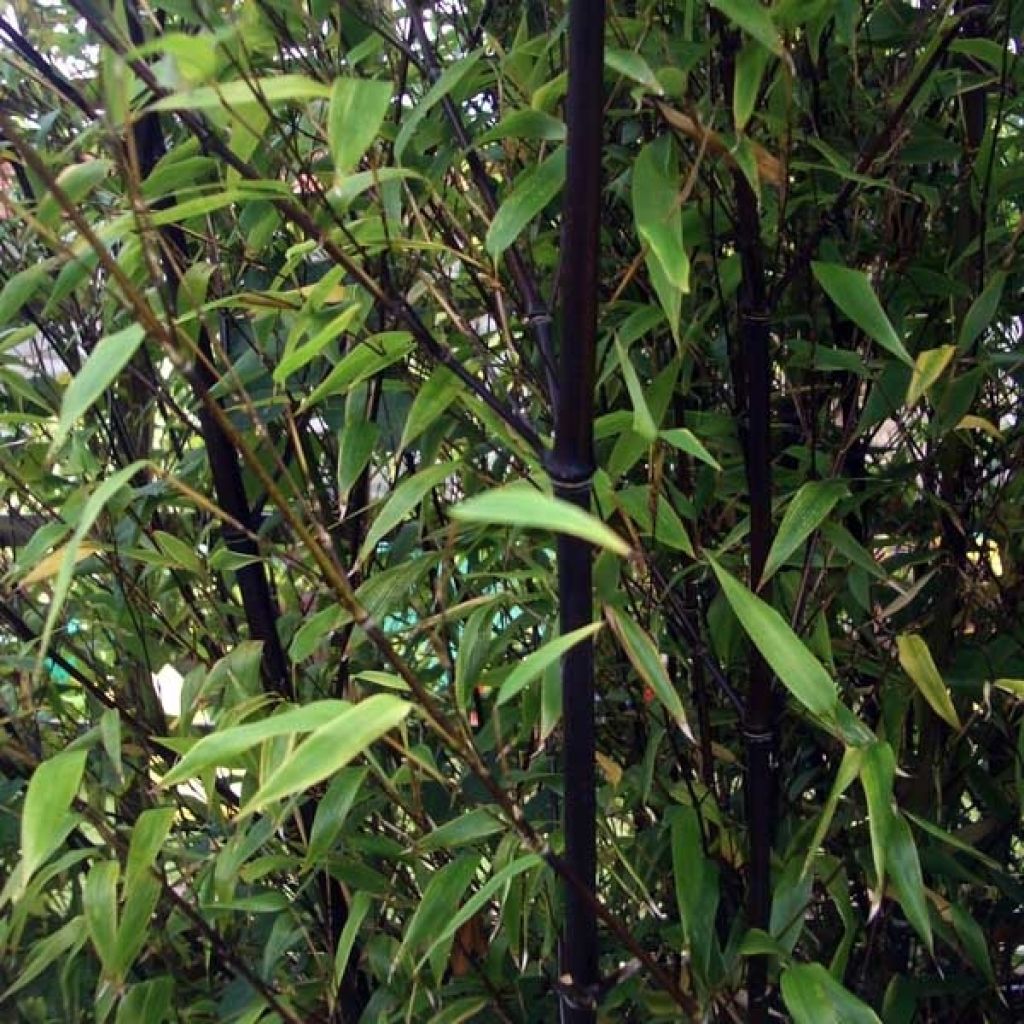

Black bamboo - Phyllostachys nigra


Black bamboo - Phyllostachys nigra
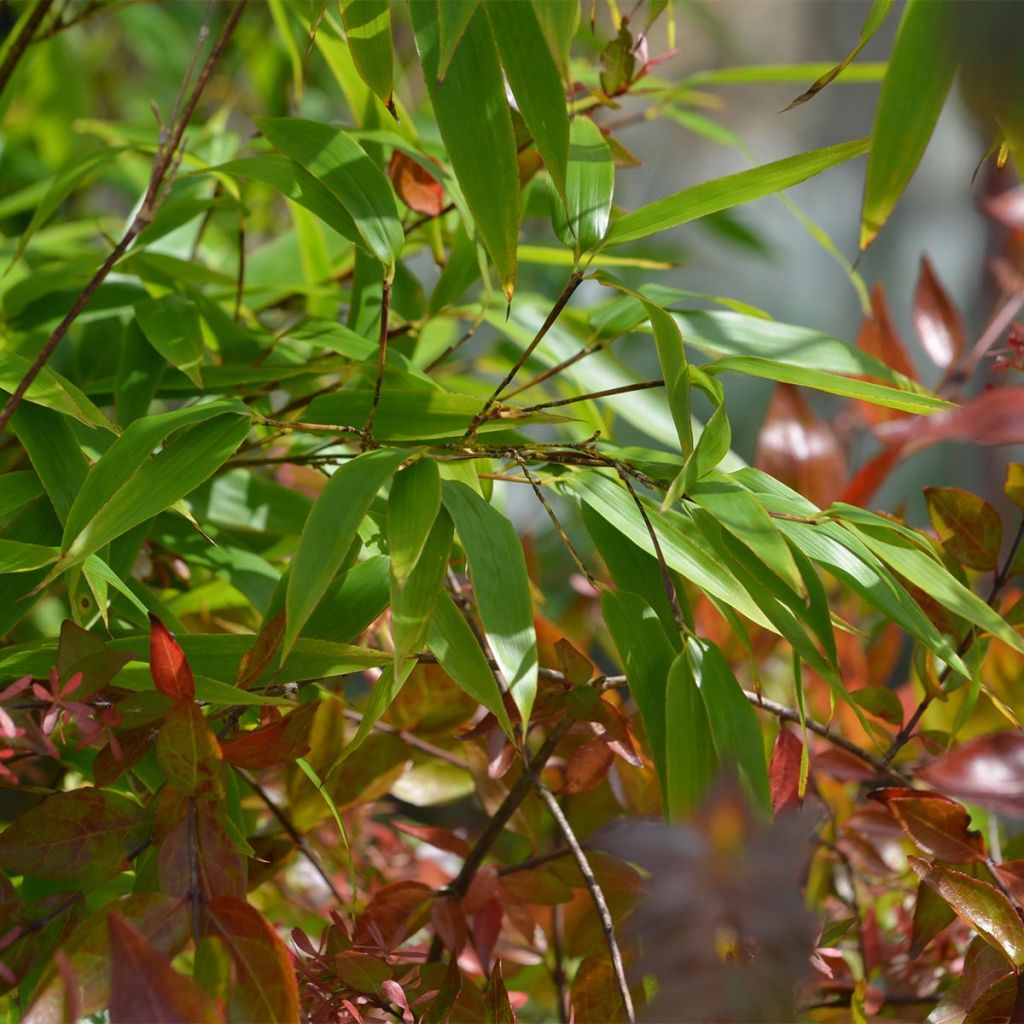

Black bamboo - Phyllostachys nigra
View more pictures
Hide images
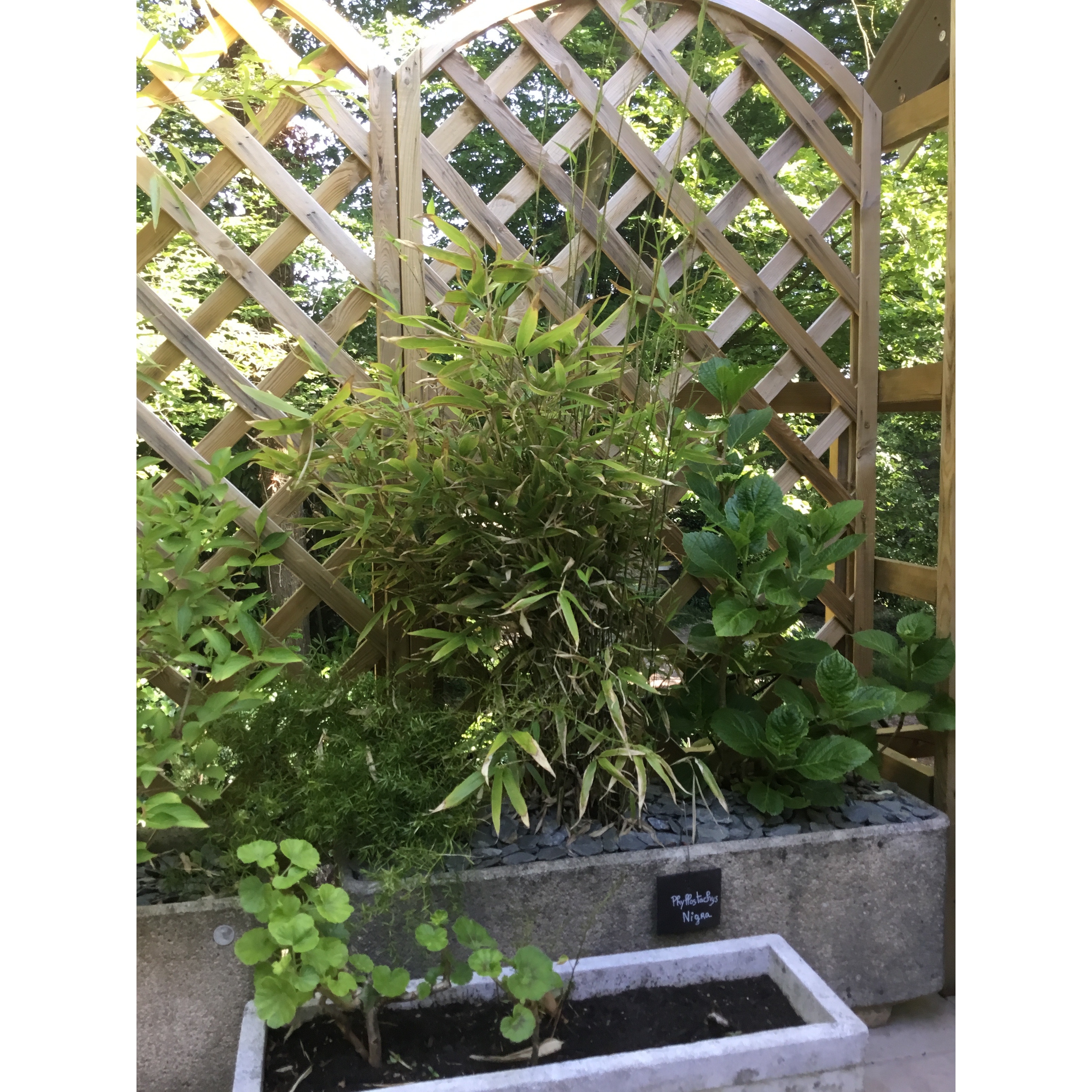
Thierry T.

Thierry T. • 91 FR
Black bamboo - Phyllostachys nigra
Phyllostachys nigra
Black Bamboo
Plants received as ordered, quick delivery. Only downside: excessive plastic packaging to protect the young plant, not very eco-friendly.
Louis, 07/09/2024
Special offer!
Receive a €20 voucher for any order over €90 (excluding delivery costs, credit notes, and plastic-free options)!
1- Add your favorite plants to your cart.
2- Once you have reached €90, confirm your order (you can even choose the delivery date!).
3- As soon as your order is shipped, you will receive an email containing your voucher code, valid for 3 months (90 days).
Your voucher is unique and can only be used once, for any order with a minimum value of €20, excluding delivery costs.
Can be combined with other current offers, non-divisible and non-refundable.
Home or relay delivery (depending on size and destination)
Schedule delivery date,
and select date in basket
This plant carries a 24 months recovery warranty
More information
We guarantee the quality of our plants for a full growing cycle, and will replace at our expense any plant that fails to recover under normal climatic and planting conditions.

Would this plant suit my garden?
Set up your Plantfit profile →
Description
Phyllostachys nigra, also known as black bamboo, is the only species in the genus that produces ebony black culms, which are magnificent and remarkable! Suckering and relatively slow-growing, this bamboo can reach a height of 6 m (19.7 ft) to create a beautiful evergreen backdrop in a flower bed, a lovely clump as a standalone plant, or a very graphic composition in a large container on the terrace.
Originating from central China, Phyllostachys nigra is a hardy bamboo with arborescent growth belonging to the Poaceae family. It has a columnar and dense habit, which is very elegant. It can reach a height of 6 m (19.7 ft) when fully grown, sometimes even 8 m (26.2 ft) under favourable growing conditions, although its growth is still relatively slow. Its evergreen leaves are lanceolate and tapering at the ends, with a medium green colour. The culms or canes of black bamboo are green in the first year and gradually turn black over the next two years. Their diameter reaches 2 cm to 4 cm (0.8 in to 1.6 in). Groves and planting schemes formed of culms of different ages will present a varied but well-coordinated look. Black bamboo has the disadvantage of being very invasive and can cover an area of 20 square metres in 10 years. If you don't have enough space, it is advisable to install a rhizome barrier to define the final space that this bamboo will occupy from the time of planting.
Black bamboo prefers partial shade, although it can tolerate sunlight. However, avoid excessively drying exposures as it is sensitive to intense sunlight and drought. Plant this bamboo in a rich, cool, rather heavy soil that retains water well. In pots, monitor watering, especially when the foliage is very dense. This bamboo tolerates pruning well. Bamboos grown as hedges can be pruned in summer, usually in August-September. Slugs can devour young shoots.
Phyllostachys nigra is a particularly attractive bamboo that suits places where it can spread out. Plant in a hedge, as a group, or even in a large container as it tolerates pruning very well. This bamboo will provide a beautiful display at the edge of a water feature, alongside a low-maintained white willow, a Gunnera manicata, or by showcasing the fine and light green foliage of a perennial sunflower. The cut stalks make sturdy and elegant stakes. On the terrace, it can be paired with sacred bamboo and banana plants to create an exotic ambiance.
Report an error about the product description
Black bamboo - Phyllostachys nigra in pictures
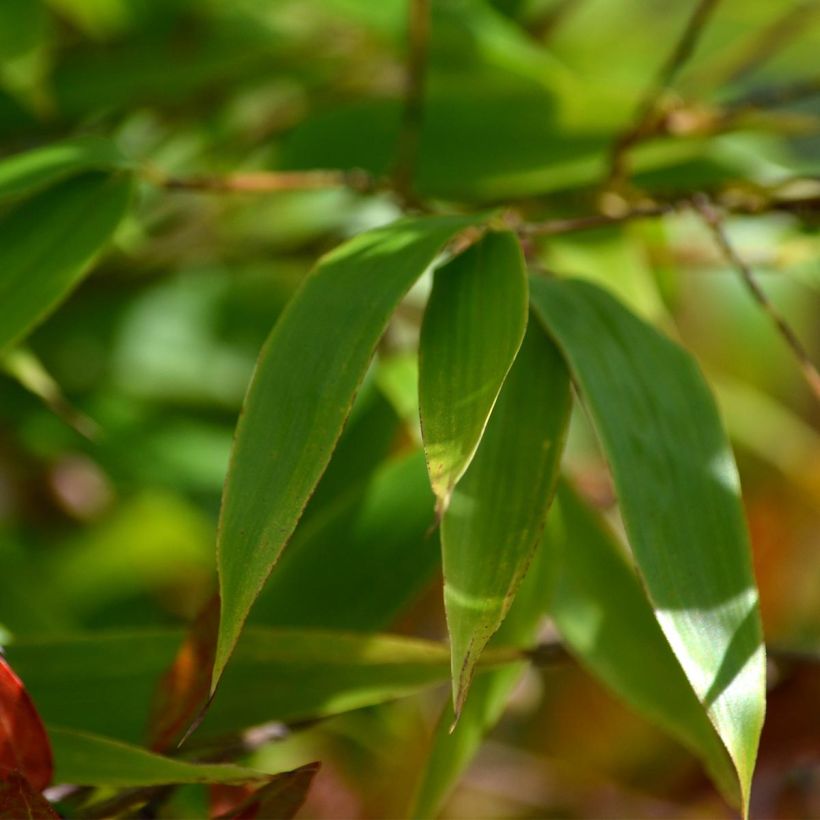

Plant habit
Foliage
Botanical data
Phyllostachys
nigra
Poaceae
Black Bamboo
East Asia
Other Bamboos
View all →Planting and care
Cultivated in containers, bamboos can be planted at any time of the year, except during frost. However, the best planting period is late summer and autumn, when the soil is warm and rainfall is more frequent. The planting distance depends on how you will use your bamboos: for a mass planting, plan a spacing of 3 m to 4 m between each plant. For a hedge, this distance is reduced to 1.6 m to 2 m.
In general, bamboo prefers rich, deep, well-drained soil that remains moist, acidic or neutral. They can tolerate slightly calcareous soil, depending on the varieties.
During planting, loosen the soil and thoroughly moisten the root ball by soaking it. You can add well-decomposed compost and work it into the surface. Water for at least the first year in open ground and continuously if your bamboos are grown in pots. The establishment time can sometimes seem a bit long, but do not panic!
For bamboos with running rhizomes, the installation of a rhizome barrier (thick and resistant polypropylene film) is essential because these varieties can quickly colonise large areas. The rhizome barrier should be buried vertically, leaving a height of 10 cm (4 in) exposed and inclined at a 15-degree angle towards the plant.
In terms of maintenance, bamboo is not demanding: remember to weed around the base at least initially, until the dead leaves on the ground form a natural mulch. An application of nitrogen fertiliser (well-decomposed manure or liquid fertiliser) in spring and autumn can be beneficial.
Planting period
Intended location
Care
-
, onOrder confirmed
Reply from on Promesse de fleurs
Similar products
Haven't found what you were looking for?
Hardiness is the lowest winter temperature a plant can endure without suffering serious damage or even dying. However, hardiness is affected by location (a sheltered area, such as a patio), protection (winter cover) and soil type (hardiness is improved by well-drained soil).

Photo Sharing Terms & Conditions
In order to encourage gardeners to interact and share their experiences, Promesse de fleurs offers various media enabling content to be uploaded onto its Site - in particular via the ‘Photo sharing’ module.
The User agrees to refrain from:
- Posting any content that is illegal, prejudicial, insulting, racist, inciteful to hatred, revisionist, contrary to public decency, that infringes on privacy or on the privacy rights of third parties, in particular the publicity rights of persons and goods, intellectual property rights, or the right to privacy.
- Submitting content on behalf of a third party;
- Impersonate the identity of a third party and/or publish any personal information about a third party;
In general, the User undertakes to refrain from any unethical behaviour.
All Content (in particular text, comments, files, images, photos, videos, creative works, etc.), which may be subject to property or intellectual property rights, image or other private rights, shall remain the property of the User, subject to the limited rights granted by the terms of the licence granted by Promesse de fleurs as stated below. Users are at liberty to publish or not to publish such Content on the Site, notably via the ‘Photo Sharing’ facility, and accept that this Content shall be made public and freely accessible, notably on the Internet.
Users further acknowledge, undertake to have ,and guarantee that they hold all necessary rights and permissions to publish such material on the Site, in particular with regard to the legislation in force pertaining to any privacy, property, intellectual property, image, or contractual rights, or rights of any other nature. By publishing such Content on the Site, Users acknowledge accepting full liability as publishers of the Content within the meaning of the law, and grant Promesse de fleurs, free of charge, an inclusive, worldwide licence for the said Content for the entire duration of its publication, including all reproduction, representation, up/downloading, displaying, performing, transmission, and storage rights.
Users also grant permission for their name to be linked to the Content and accept that this link may not always be made available.
By engaging in posting material, Users consent to their Content becoming automatically accessible on the Internet, in particular on other sites and/or blogs and/or web pages of the Promesse de fleurs site, including in particular social pages and the Promesse de fleurs catalogue.
Users may secure the removal of entrusted content free of charge by issuing a simple request via our contact form.
The flowering period indicated on our website applies to countries and regions located in USDA zone 8 (France, the United Kingdom, Ireland, the Netherlands, etc.)
It will vary according to where you live:
- In zones 9 to 10 (Italy, Spain, Greece, etc.), flowering will occur about 2 to 4 weeks earlier.
- In zones 6 to 7 (Germany, Poland, Slovenia, and lower mountainous regions), flowering will be delayed by 2 to 3 weeks.
- In zone 5 (Central Europe, Scandinavia), blooming will be delayed by 3 to 5 weeks.
In temperate climates, pruning of spring-flowering shrubs (forsythia, spireas, etc.) should be done just after flowering.
Pruning of summer-flowering shrubs (Indian Lilac, Perovskia, etc.) can be done in winter or spring.
In cold regions as well as with frost-sensitive plants, avoid pruning too early when severe frosts may still occur.
The planting period indicated on our website applies to countries and regions located in USDA zone 8 (France, United Kingdom, Ireland, Netherlands).
It will vary according to where you live:
- In Mediterranean zones (Marseille, Madrid, Milan, etc.), autumn and winter are the best planting periods.
- In continental zones (Strasbourg, Munich, Vienna, etc.), delay planting by 2 to 3 weeks in spring and bring it forward by 2 to 4 weeks in autumn.
- In mountainous regions (the Alps, Pyrenees, Carpathians, etc.), it is best to plant in late spring (May-June) or late summer (August-September).
The harvesting period indicated on our website applies to countries and regions in USDA zone 8 (France, England, Ireland, the Netherlands).
In colder areas (Scandinavia, Poland, Austria...) fruit and vegetable harvests are likely to be delayed by 3-4 weeks.
In warmer areas (Italy, Spain, Greece, etc.), harvesting will probably take place earlier, depending on weather conditions.
The sowing periods indicated on our website apply to countries and regions within USDA Zone 8 (France, UK, Ireland, Netherlands).
In colder areas (Scandinavia, Poland, Austria...), delay any outdoor sowing by 3-4 weeks, or sow under glass.
In warmer climes (Italy, Spain, Greece, etc.), bring outdoor sowing forward by a few weeks.































